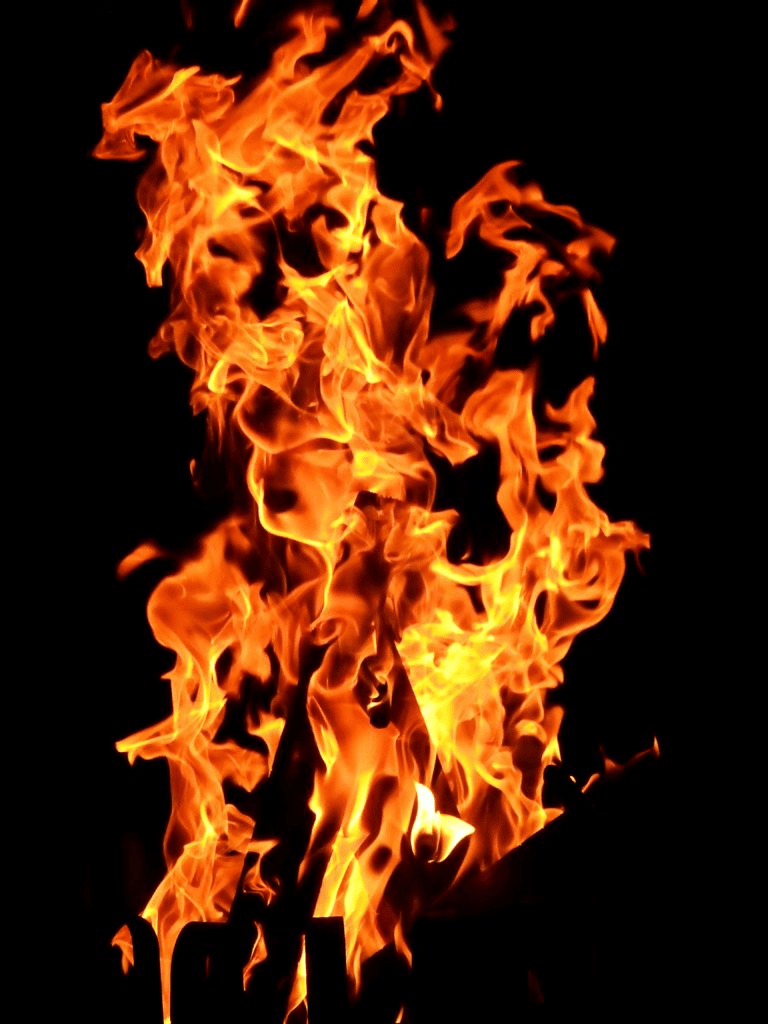Abstract – Protection from fire hazards is a combined effort of studying and practicing the techniques which are used to mitigate the destructive effects of an unintended fire in a property. In order to minimize the damage created by these fire hazards, the protection system should proviron mily sport rolo high be erected according to the respective laws and guidelines regarding the fire safety. Above all of the distinguish features which are described in these standards, “Reliability” is the most important aspect of designing fire safety systems. This paper presents how the reliability can be preserved in a particular fire safety system by considering the electrical aspects of fire pumps.
Introduction
National Fire Prevention Association (NFPA) is the leading global organization that promotes the safety standards regarding the electricity and fire related hazards. They have published nearly 300 codes and standards which are practiced all around the world within professional bodies. As per the specific rules which are clearly mentioned in standards for the installation of stationary pumps for Fire Protection (NFPA 20) and National Electrical Code (NFPA 70), electrical systems for fire pumps must be designed to protect the pump and related accessories from floods, high wind and fire itself. By referring to respective articles of NFPA 20 and NFPA 70 following important features is listed.
Reliability of the Power Supply Source
Electricity supply for the fire pumps should be a reliable and uninterrupted power source to ensure the proper functioning in an event of a fire hazard. As per the section 6-3.1 to 6-3.2.2, following methods must be used by considering the available power source.
Service Supply
Normally, the service supply for a building or a structure shall be supplied with only one service conductor. But NEC section 230-2(a)(1) permits
that a separate service conductor can be used to supply the power requirement to the fire pumps. At the same time the service supply which is supplied by the utility or the owner must be well located and installed to avoid the damage created by a fire hazard. As per section 230-2(a)(1), 695-3(a)(1) and 695-6(b) of NEC, the service conductor must be routed outside the building or encased them at least 2 inches of concrete. In addition to that, the conductor should be capable of carrying 1.25 times of the locked rotor current of the fire pump.
Tap Supply
In order to supply the power requirement for fire pumps, a tap connection can be used before the main disconnection to maintain an uninterrupted service. But this tap connection should not be located in the same cabinet that houses service equipment containing the normal service as per NEC section 230-82(4) and 695-3(a)(1). Normally, the tap connection must be placed in a different location or area.
Transformer Supply
As per NEC section 450, step-up or step-down transformer must be selected and erected to maintain the required voltage level at the fire pump. Also a separate transformer can be used to serve the fire pumps while the main transformer can be used to serve the normal service requirement. The NEC table 450-3(a) and table 450-3(b) specify the required overcurrent protection for transformers while section 6-1 of NFPA 20 outline the rules of installing transformers to serve to fire pumps.
Generator Supply
Instead of using a separate transformer for fire pumps, an on-site generator with required capacity can be used to drive fire pumps. The capacity of the generator must be selected to facilitate both starting and running current of fire pump system. The NEC section 695-3(b)(1) and section 6-2.4.2 in NFPA 20 specify the basic requirements of installation of on-site generator for a fire safety system.
In order to minimize high inrush current, section 6-6.3 and 7-5.2.4 in NFPA 20 suggests automatic sequencing when starting and accelerating the load. In this case, fire pump which has highest starting current starts first, the second largest starts second and so on. After all the pumps are started, other loads are connected to the generator.
Reliability of Power Wiring
As per section 695-6(b), feeder cable for the fire pump should be routed outside the building or enclose them in 2 inches concrete. Otherwise it should consist with one hour fire resistance rating. In the pump room, the feeders should be located in a rigid metal conduit, type MI cable, liquid tight flexible metal conduit or liquid tight flexible nonmetallic conduit type LFNC-B as per NEC section 695-(e).
Reliability of Controllers
According to section 7-1.2.4 in NFPA 20, all the controllers which are dedicated for fire safety features should be located in the proximity of all the motors. The controllers should be located at least 12 inches above the floor to protect them from water escaping from pumps or pump connections as per section 7-2.2 of NFPA 20 and section 695-12(d) in NEC.
In addition to that, it is important to note that these controllers should not be combined with other controllers which are used for normal service activities.
Reliability of Motors
All the motors which are used in fire safety system should be rated for continuous duty. Motors have to be selected and erected to meet all the loading conditions without their full load being exceeded as per section 6-5.1.3 in NFPA 20.
Altitude concerns should be taken in to account as well. According to section 6-5.2.2 in NFPA 20, if the motor is located above 3300 feet, the motor full load should be de-rated 1% for each 330 feet and 10% for each 1000 feet above 3300 feet.
Summary
When a fire safety system is installed, it is essential to meet the relevant criteria which are mentioned in National Electrical Code (NEC) (mentioned as NFPA 70) and Standard for Centrifugal Fire Pumps (CFP) (mentioned as NFPA 20).




